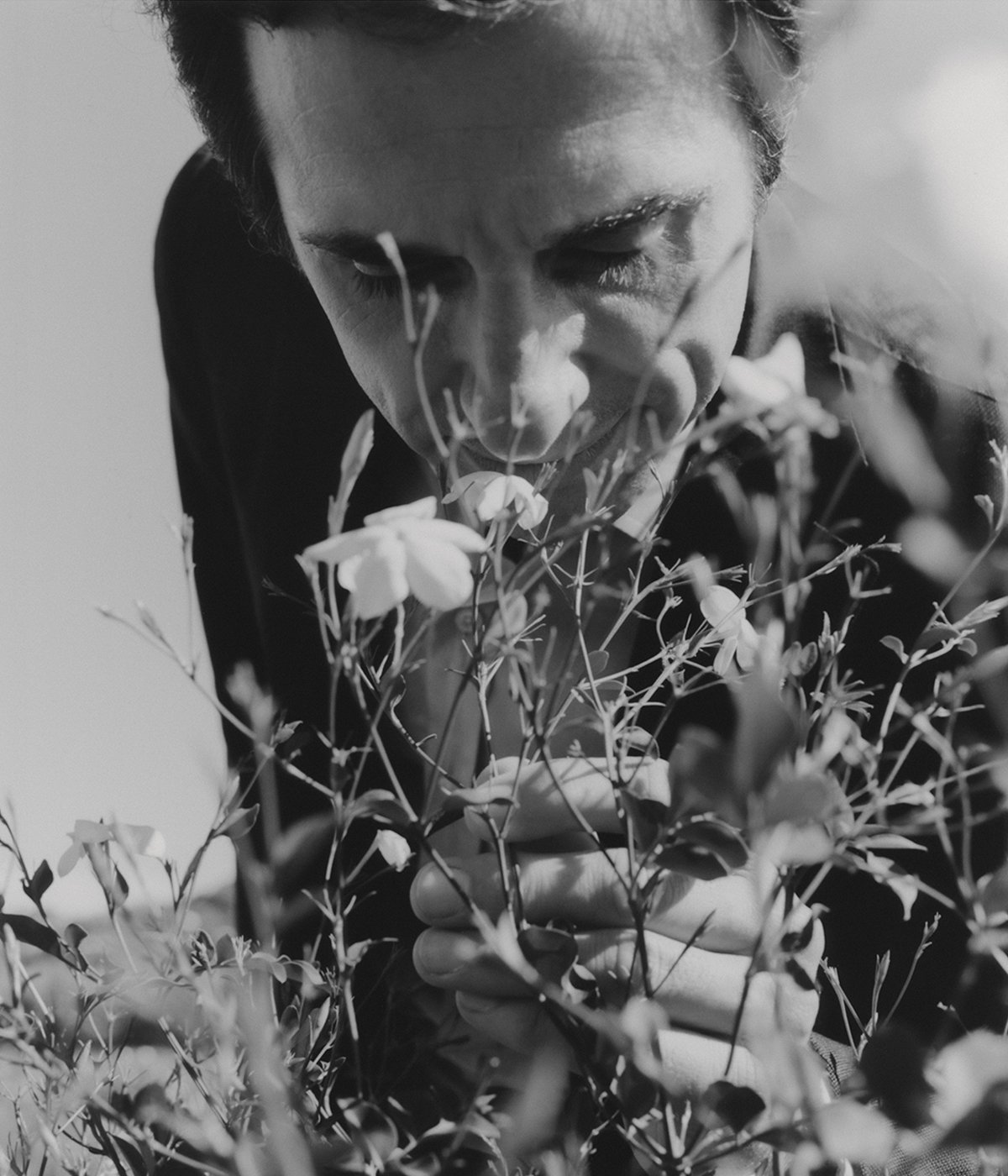Chanel N°5 — An instant territory to explore
Chanel N°5 — An instant territory to explore
Based on a conversation with Olivier Polge
— as appeared in the Patience issue of Whitelies Magazine
Photography & Direction Stefan Dotter
Interview Anas Koubaiti
“If we had to fill a bottle of Chanel N°5 from scratch, we would need a whole year to gather the necessary ingredients.”
In one sentence, Chanel’s perfumer Olivier Polge sums up the richness of the fragrance. An informed nose can see, beyond the aldehydes, the only synthetic ingredients that characterise it with a metallic freshness — a series of harvests spread over its own seasonality: “Jasmine blooms from August to October. Very quickly, from the end of autumn, citrus fruits arrive during the winter, which are important for their freshness. In March we start to see orange blossoms, then there is Iris. In May, the rose.”
Upstream, it’s all about patience to collect a set of natural raw materials that can only be cared for, not tamed. Downstream, an equally long time is dedicated to composition and creation. Instantaneously, once sprayed, Chanel N°5 emerges as an elusive revelation of this profusion; of an olfactory territory to be explored and, which, is progressively revealed on contact with the skin: “First there are the top notes: the fresh notes — a slightly cold sensation — married to citrus fruits: bergamot and orange mainly. Then very quickly, comes a floral evolution (...) gently turning into something rounder. Finally, we enter into more sensual notes such as sandalwood and a powdery vanilla.”
Gabrielle Chanel did not seek out the predominance of one flower over another but a true construction — an artificial perfume, abstract. Although the strength of N°5 lies in the fact that it does not refer to any particular ingredient, “the jasmine flower has this complexity that brings out elements during its evaporation”, as the perfume is revealed. This delicate flower, so light that in the palm of your hand it seems to exist as if only through its fragrance, remains a major ingredient of N°5. The fields, cultivated since the 17th century around Grasse, scent the dawns of each late summer and provide all the iconic cubic bottles found around the world; a fragile culture that requires constant care.
The harvest is almost a ritual. From the first light of dawn, meticulous work is undertaken to pick only the budding stalks. Once the sun is at its zenith, the harvest is completed by a procession announcing the time of the weighing. Without waiting, the white mounds and their heady smell are sent for extraction. A narrow window of action that is repeated daily during the short flowering period of the jasmine plants. For the other components of the perfume, the process is different for each flower, each tuber, but just as meticulous each time.
Chanel has always created and manufactured its own perfumes and thus has unique expertise allowing it to develop its considered, esoteric style. The techniques of perfumery have evolved a great deal and it is now possible to capture the freshest facets of flower essences — all the while preserving precious know-how. N°5 not only represents 100 years of continuity but also 100 years of progress. Such progress is not simply limited to the content of the bottle but also pertains to the conditions of its production, a process which Chanel has streamlined through partnerships since the 1980s.
This autonomy that Chanel has taken care to build is also what allows the house to explore its own heritage with creativity and respect — yes, to explore. As N°5 is a territory that by virtue of its singularity is capable of offering infinite variations of itself to those who want to get to know it, to probe it. This word variation is also used in music. “The theme is so strong that you can transpose it to very different atmospheres whilst keeping this identity” reminds Olivier Polge who has successfully ventured to revisit, with N°5 L’eau, the original creation of Ernest Beaux.
Within it, N°5 offers the opportunity to build a sensory and aesthetic pathway of one’s own; a territory so vast and strong that it offers the opportunity to be explored, like a train track that travels through its essence and might be the secret of its longevity.
Production Whitelies Studio
Cinematography Louis Dumetz Photography assistant Cameron Koskas
Post Production Sheriff Projects Paris









